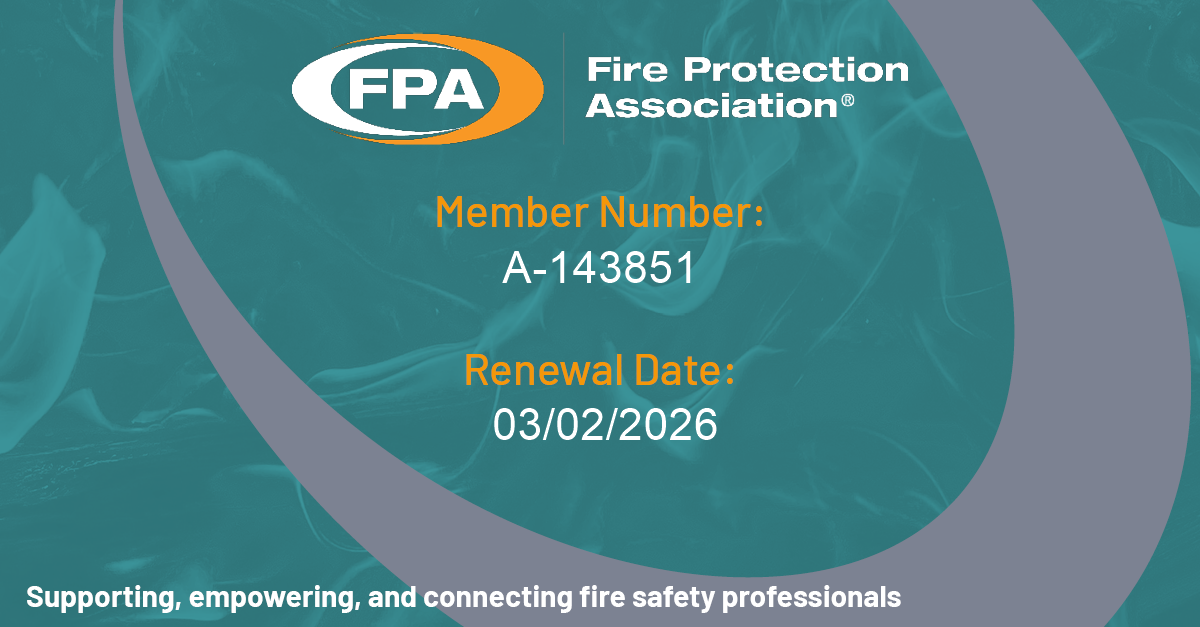We carry out hundrds of surveys every year and welcomed an invitation to share our thinking on risk assessment with IWFM members and readers of Facilitate magazine.
Our core advice is that more emphasis on the risk assessment makes compliance easier.
Ventilation duct and water hygiene surveyors can only advise on compliance. What you do with that information is ultimately up to you, and the law says it’s your responsibility.
All the same, we see which approaches work best in practice and our key advice is that time spent on commissioning the right risk assessment will be invaluable in driving good, safe practice.
Shared ownership of the risk assessment
It’s so clearly counterproductive if the rest of the business simply sees your risk assessment as a box ticked and any ‘successful’ compliance sampling and testing as an external seal of approval for business as usual. A good risk assessment, with shared ownership throughut the organisation, will prompt everyone to be aware of and monitoring risk continuously.
The healthcare sector has led the way in sharing ownership of risk assessment by setting up water and ventilation safety groups. These groups bring together all stakeholders in the delivery of safe services from surgeons to staff nurses. Everyone’s needs can be met, everyone’s responsibility in maintaining service quality is clear, everyone is aware of any plans that may change the way these services are managed. We think these groups could feature in many organisations’ plans.
How good is your risk assessment?
Shockingly we come across untested (and possibly faulty) fire dampers that are critical safety equipment assigned to ‘routine’ backlog lists, possibly because compliance comes with cost. The thing is that fire dampers can be just too hard to get at and often the only answer is capital expenditure to install inspection hatches, not a particularly onerous job but outside normal maintenance budgets.
We’ve come across fire dampers that have been out of sight, out of mind for a decade or more, with managers unaware of the legal position that puts them in (not to mention the risk to building users). Bein no doubt: the guidance – effectively the law under the HSE umbrella – unequivocally calls for annual testing and inspection.
We just don’t understand how people can have been left unaware of the seriousness of this. No good risk assessment will leave you unaware if there is no access for fire damper inspection and cleaning. No good risk assessor will leave you in any doubt about the remedy and the priority you should give it, and the unlawfulness of not acting. Nor will they fail to point out that the same lack of access is probably hampering your ability to clean ducts effectively.
At the other end of the scale water sampling is very easy to do but is only ever a snapshot for the day it was done – is not active risk management. A few years ago we were called out to a London hotel, one of those West London establishments that has grown organically out of rows of mansion houses with all the plumbing origami of dead legs and redundant outlets that involves. Their control regime had been limited to routine biennial risk assessments and the bare minimum of sampling and testing, despsite the obvious risk of localised infection. Inevitably they ended up with infected samples. which is ehen they called on us. The situation nearly shut the whole business down.
A broader approach to risk assessment that had gone beyond ticking boxes would have prioritised and scheduled the relatively inexpensive remedial works that would have avoided all of that.
Think ahead
Hygiene and safety in the buildings we all work in is governed by overarching Health and Safety law, backed up by guidance and codes of practice. The guidance abd codes can be confusing, so its no wonder that a whole industry of contractors and service providers is competing for risk assessment and follow up testing and cleaning work. Often decisions are made on the basis of price alone. is that market forces or false economy?
In our view the danger is that too much emphasis is placed on occasional snapshots of the business rather than ising risk assessment to identify and actively managing risk out, reducing costs in the long term.
This article was first pubished in Facilitate, January 2023.
January 2023











